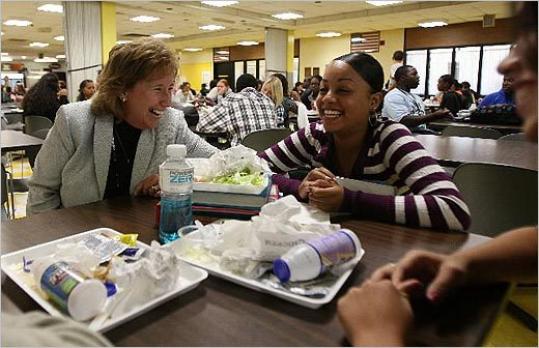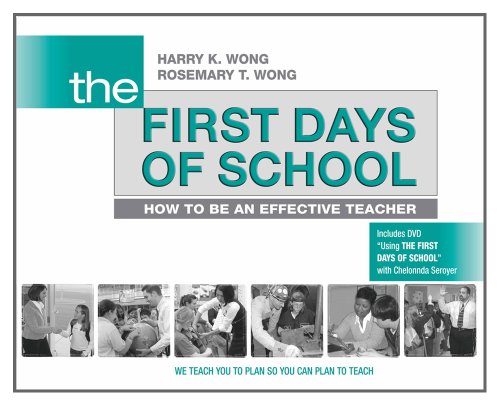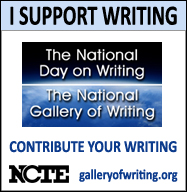
This fall, I had a problem. I purchased a class set of Suzanne Collins' book The Hunger Games for my seniors. I though that they would get excited about reading it and that it would segue nicely into Lord of the Flies. I thought that they would be pulled in by the action and relate a little to the main character, Katniss, who grows up in a poor section of her country. I thought we'd have some interesting discussions and that they'd enjoy the experience as a whole.
And I was wrong. They were obsessed with the book. Every time I tried to do anything else, they'd glare at me and beg to read. It was getting to a point where I was afraid to try and do anything besides read the book with them. Plus, I'd already let them know that this book was a series book and that there was already another title out called Catching Fire. When they started to clamor for this title to be our next book, how could I say no?
On the other hand, with a frozen budget and the second book in the series still in hardcover at $17.99 a pop, how could I have said yes? I started to brainstorm ways to get a few copies of the book so that I could send it home as a free reading book for those interested, but it just wasn't going to happen. Then, I remembered a coworker showing me a camera that she'd received from an anonymous benefactor on the Donors Choose website. So, I sat down one Sunday afternoon and spent a couple of hours forming an online plea for help. Within twenty-four hours, we'd been funded. Catching Fire was in our classroom five days after I created an account on Donors Choose.
I couldn't believe it. I mean, as a teacher I am used to scrambling and begging and pleading for stuff for my students; it's what we do. I'm used to doing this at the school and community level, though. Not on the national scene! It blew my mind and when I told my students, I thought that they were going to cry. They were so touched, so genuinely affected by this outpouring of goodness that they couldn't wait to thank the kind folks who'd given them these books.
Since this first experience with Donors Choose, I've had three other projects funded. I'm supposed to remain anonymous as a teacher, so I'm not going to provide much in the way of details here. But, I will say that these four funded projects have totaled over one thousand dollars. For real.
If you are a teacher with students in need, you should definitely check this site out. Or if you're someone looking to give a large or small gift to a classroom in need, this may be your way to help out. Either way, it may be one of the most powerful experiences in giving and receiving that you'll ever have.











































